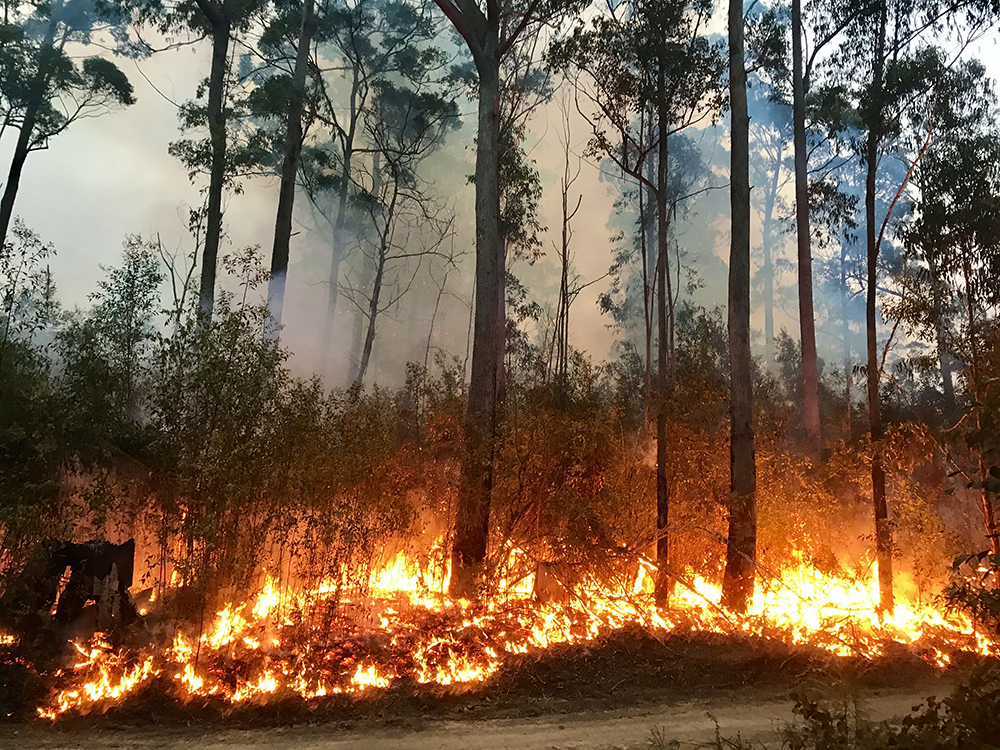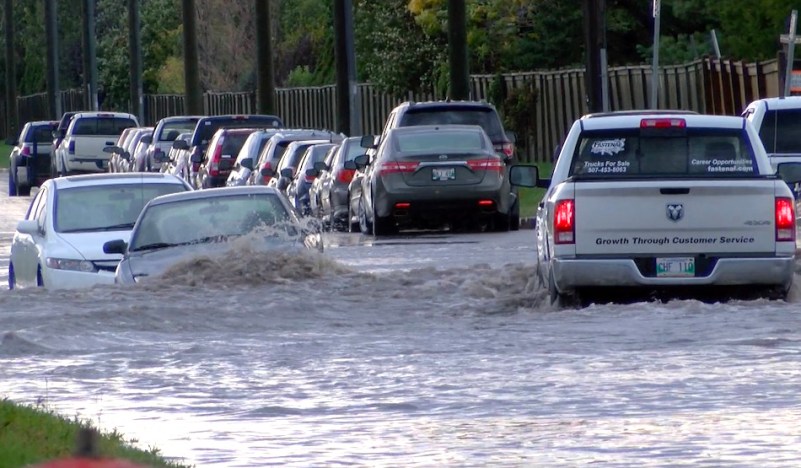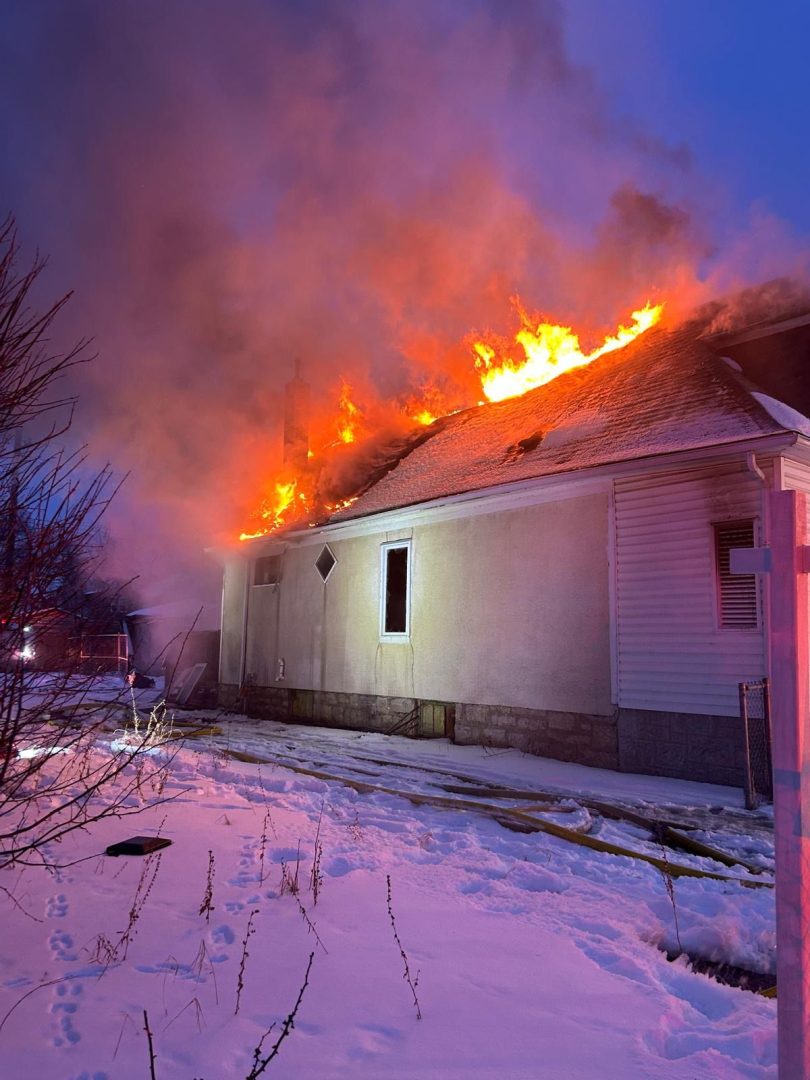7 Ways to Prepare Before an Emergency or Disaster Strikes
Posted by Councillor Cindy Gilroy | May 7, 2025
When disaster strikes, the time to plan has already passed. Emergencies demand fast thinking and even faster action, but the best outcomes come when we’ve taken time to prepare in advance.
Whether it’s a severe thunderstorm, power outage, flood, or another crisis, taking proactive steps today can make all the difference for you and your loved ones tomorrow.
Here are seven key ways to get started.
1. Learn About the Hazards You Could Face
Every region has its own risks. In Winnipeg, that might include blizzards, flooding, and extreme heat. Knowing what we are up against is the first step toward meaningful preparation.
The City offers a free, self-guided online course called Ready Winnipeg that outlines the local hazards and how we plan for them. You can also request a customized in-person presentation for your school, workplace, or community group.
2. Think About Your Own Situation
Preparedness isn’t one-size-fits-all. Every household is different. Consider how an emergency would impact your day-to-day life, including your ability to evacuate or shelter in place for several days.
Think about:
- How you’ll pick up your children
- What babies, pets, or seniors might need
- Any medications, assistive devices, or mobility supports
- Who else in your life you would want to check on
Planning for these details ahead of time removes stress during a crisis.
3. Make a Plan
Creating an emergency plan ensures everyone in your household knows what to do—whether you’re at home, at work, or elsewhere.
Include:
- A communication strategy
- Emergency contacts
- Shelter-in-place procedures
- Evacuation routes and meeting spots
Also prepare:
- An emergency kit with food, water, and essentials for 72 hours
- A smaller “go bag” for fast evacuation with prescriptions, identification, and other must-haves
4. Update and Share Your Plan
Plans are only helpful if they’re current and accessible. Store your kit and documents where you can reach them quickly and check expiry dates regularly.
Make sure:
- Everyone in your home knows where the emergency kit and go bag are stored
- You review the plan together once or twice a year
- You adapt the plan as your needs change
5. Consider Your Home
Whether you rent or own, ensure you have property or tenant insurance that is up to date and appropriate for your risk level.
Also consider climate resilience:
- Clear gutters and drains
- Reinforce basement windows
- Know how to shut off your utilities
Taking these precautions now can reduce damage when extreme weather hits.
6. Stay Informed
In an emergency, accurate information is essential. Stay connected by following trusted sources like:
During emergencies, the City uses social media and other platforms to keep residents informed about updates, evacuations, and safety instructions.
7. Connect with Your Community
One of the most powerful tools during an emergency is a strong support network. Talk with neighbours, friends, and caregivers about how you can help one another if the need arises.
This could include:
- Sharing emergency supplies
- Checking in on each other
- Helping with evacuations or transportation
Prepared communities are safer communities.
Preparing for an emergency can feel overwhelming, but it doesn’t have to happen all at once. Take one step at a time. Start with the Ready Winnipeg course, then build your kit and talk to your family. A little preparation today will help you respond with confidence when it matters most.
Stay safe,
— Cindy





